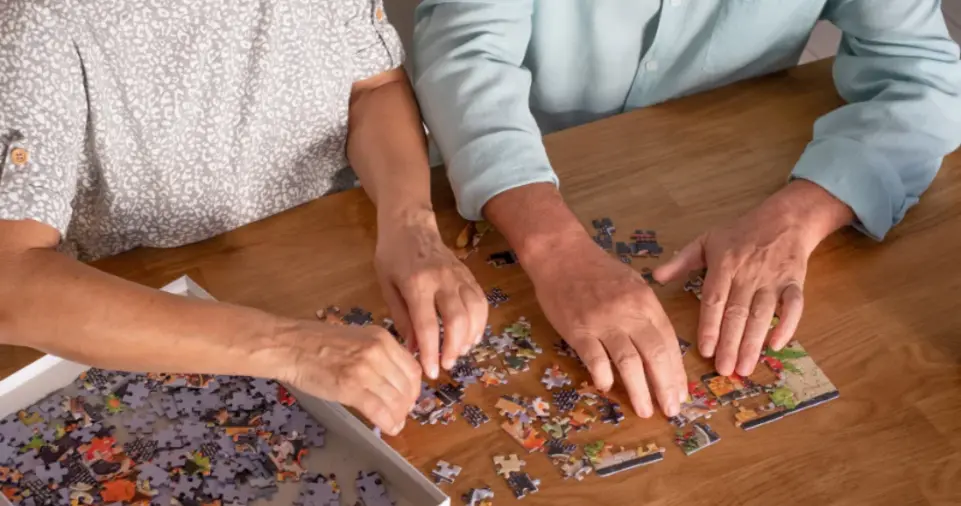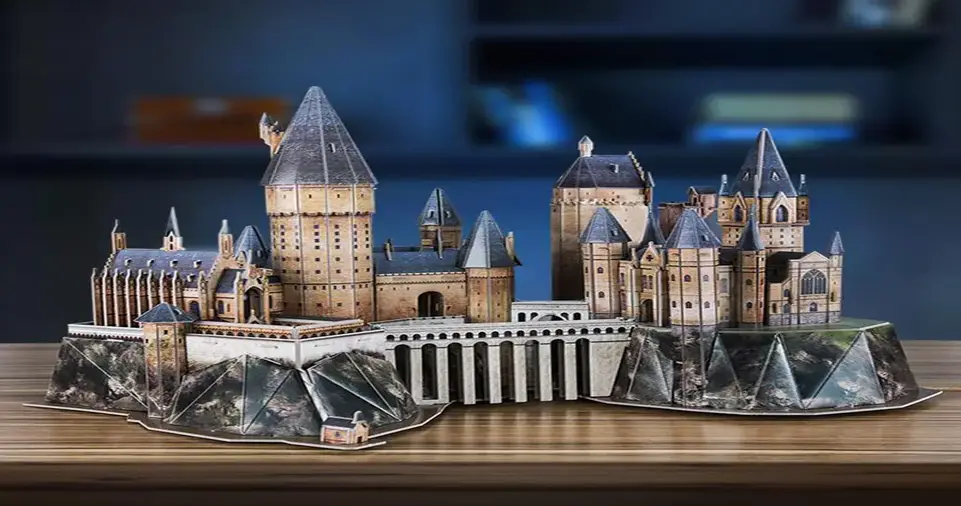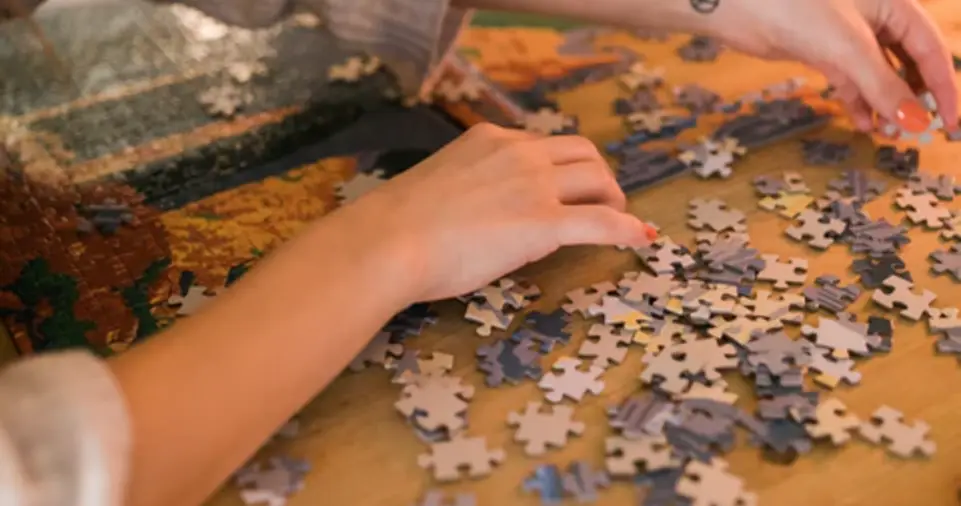Jigsaw puzzles are a timeless and engaging activity that cater to a variety of interests, skill levels, and age groups.
Whether you’re a beginner looking to dive into the world of puzzles or a seasoned puzzler searching for your next challenge, selecting the right puzzle is crucial to ensuring an enjoyable experience.
Choosing a puzzle involves more than just picking a pretty picture; it’s about understanding your preferences, skill level, and practical considerations such as space and time.
In this detailed guide, we’ll explore how to select jigsaw puzzles based on themes, piece counts, and additional factors to help you make the best choice for your puzzle-solving journey.
Why Themes Matter in Jigsaw Puzzles
Personal Interests
The theme of a jigsaw puzzle is often what draws people in.
Selecting a theme that aligns with your personal interests makes the experience more enjoyable and engaging.
Themes can range from picturesque landscapes to abstract art, ensuring there is something for everyone.
For instance:
- Nature Enthusiasts: Choose puzzles featuring serene landscapes, wildlife, or botanical illustrations.
- Art Lovers: Opt for puzzles showcasing famous artworks, like Van Gogh’s “Starry Night” or Monet’s “Water Lilies.”
- Pop Culture Fans: Dive into puzzles featuring characters or scenes from your favorite movies, TV shows, or video games.
- Educational Themes: Maps, historical figures, or puzzles that highlight scientific concepts are ideal for those who love to learn while puzzling.
Mood and Occasion
Themes can also set the mood or tie into specific occasions.
Holiday-themed puzzles, such as Christmas or Halloween designs, can add a festive touch to your celebrations.
Seasonal puzzles, like cozy winter scenes or vibrant summer beaches, can help you capture the essence of a particular time of year.
Level of Complexity
Themes also influence the difficulty of a puzzle. Clear and distinct sections, such as those found in cartoon illustrations or puzzles with bold colors, are easier to solve.
In contrast, intricate designs like mandalas or puzzles with subtle gradients can be more challenging, making them suitable for advanced puzzlers.
Understanding Piece Counts and Difficulty Levels
For Beginners and Young Children
When starting out, it’s essential to choose puzzles that match your skill level.
Beginners and young children benefit from puzzles with fewer pieces and simpler designs.
- Piece Count: Start with puzzles that have 50 to 300 pieces. These are manageable and help build confidence.
- Piece Size: Larger pieces are easier to handle and assemble, making them ideal for small hands and those new to puzzling.
- Design Simplicity: Opt for puzzles with clear, bold images and minimal color blending.
For Intermediate Puzzlers
Intermediate puzzlers often look for a moderate challenge without becoming overwhelmed.
- Piece Count: Puzzles with 500 to 1,000 pieces strike the right balance between challenge and satisfaction.
- Themes: Consider more detailed designs, such as cityscapes or animal portraits, that offer distinct sections to work on.
- Puzzle Quality: Choose puzzles made from sturdy materials with precise cuts to ensure a smooth assembly experience.
For Advanced Puzzlers
Advanced puzzlers thrive on complex and time-intensive projects.
- Piece Count: Puzzles with 2,000 or more pieces provide ample challenge.
- Complexity: Look for puzzles with repeating patterns, gradients, or abstract designs that demand patience and attention to detail.
- Specialty Options: Explore unique puzzles, such as double-sided puzzles, 3D models, or mystery puzzles, to elevate your experience.
Selecting Puzzles Based on Age Group

Children
Jigsaw puzzles are excellent for developing problem-solving skills and hand-eye coordination in children.
- Themes: Choose colorful, engaging themes such as animals, cartoons, or educational alphabets.
- Piece Size: Larger pieces are safer and easier for small hands to manipulate.
- Durability: Look for puzzles made of thicker cardboard to withstand wear and tear.
Teens and Adults
Teenagers and adults often seek puzzles that offer a mix of challenge and entertainment.
- Themes: Opt for trendy or sophisticated themes, such as modern art, scenic landscapes, or pop culture references.
- Piece Count: Puzzles ranging from 500 to 1,500 pieces are usually well-suited for this group.
- Unique Features: Consider glow-in-the-dark puzzles, panoramic layouts, or puzzles with unique shapes to add variety.
Seniors
For seniors, puzzles are a wonderful way to keep the mind active and improve dexterity.
- Piece Size: Larger pieces are easier to see and handle, reducing strain.
- Themes: Choose high-contrast, nostalgic themes that evoke pleasant memories.
- Accessibility: Some puzzles are designed specifically for seniors, featuring larger text and simplified designs.
ALSO READ: The Best Starting Words for Wordle: A Complete Guide
Practical Considerations for Puzzle Selection
Space Requirements
Larger puzzles require more physical space for assembly and storage.
Before choosing a puzzle, consider the dimensions of your workspace.
- Small Spaces: Opt for puzzles with fewer pieces or use a roll-up mat to store partially completed puzzles.
- Dedicated Puzzle Area: If space allows, set up a dedicated table or board for larger puzzles.
Time Commitment
The piece count and complexity of a puzzle directly impact the time required to complete it.
Choose puzzles that fit your schedule:
- Quick Projects: Smaller puzzles (under 500 pieces) can be completed in a few hours.
- Extended Challenges: Larger puzzles (1,000+ pieces) may take days or weeks, making them ideal for long-term projects.
Puzzle Quality and Materials
High-quality puzzles enhance the overall experience.
Consider the following factors:
- Piece Fit: Well-cut pieces fit snugly and are less likely to fall apart during assembly.
- Material: Premium puzzles use thick, durable cardboard or wood for longevity.
- Printing: High-resolution printing ensures vibrant colors and clear details, enhancing the visual appeal.
Exploring Specialty Puzzles

For those looking to go beyond traditional jigsaw puzzles, specialty options offer unique experiences:
3D Puzzles
These puzzles build three-dimensional models, such as famous landmarks, vehicles, or fantasy structures. They add an extra layer of challenge and creativity.
Mystery Puzzles
Combine the joy of puzzling with a mystery to solve. These puzzles often come with a storyline, encouraging you to uncover clues as you complete the picture.
Double-Sided Puzzles
Featuring designs on both sides, these puzzles require careful planning and attention to detail.
They’re a great choice for experienced puzzlers seeking a new challenge.
Reading Reviews and Recommendations
Before purchasing a puzzle, take the time to read reviews or seek recommendations.
Online reviews provide valuable insights into the puzzle’s quality, difficulty, and overall user experience.
Joining puzzle enthusiast communities can also help you discover hidden gems and reliable brands.
Setting a Budget
Jigsaw puzzles come in a wide range of prices, depending on the brand, size, and materials.
Determine your budget before shopping:
- Affordable Options: Many high-quality puzzles are available for under $20.
- Premium Choices: Specialty puzzles or large, detailed puzzles may cost $50 or more.
- Deals and Discounts: Look for sales, bundle deals, or second-hand options to save money.
ALSO READ: How to Guess Wordle Words Faster: Strategies for Beginners
Conclusion
Selecting the perfect jigsaw puzzle involves balancing your interests, skill level, and practical considerations.
By focusing on themes that excite you, choosing a suitable piece count, and exploring unique options, you can find a puzzle that provides hours of enjoyment and a sense of accomplishment.
Whether you’re puzzling solo, with family, or as part of a larger community, the right puzzle can offer endless fun and relaxation.
So take your time, explore your options, and start piecing together your next adventure!

